In a few days (1 August 2012) the control of the sulphur content in fuel oil for ships operating within the designated North American Emission Control Area will be implemented. IMO’s MEPC.1/Circ.723 provides the boundary of the Emission Control Area. After 1 August 2012, the limit value of the sulphur content of any fuel oil used onboard vessels within North America ECA will change from 3.50% m/m to 1.00% m/m.
Shipping companies should ensure that the sulphur content of the fuel oil used on and after 1 August 2012 is in compliance with the new limit value (1.00%m/m) unless the ship is compliant through the use of an exhaust gas cleaning system or other system that is approved to be equivalent in accordance with Regulation 4 of MARPOL ANNEX VI.
Regarding the fuel oil changeover and International Air Pollution Prevention Certificate (IAPP Certificate), the following should be taken into consideration:
- Fuel oil changeover procedure documentation and entry in log-book: a written procedure showing how the fuel oil changeover is conducted should be retained onboard the ship. Furthermore, the volume of low sulphur fuel oil in each tank along with the date, time, and position of the ship should be recorded in the log-book.
- Description in paragraph 2.3.2 of supplement to IAPP Certificate: there are cases where any checkbox in 2.3.2 of the Supplement to the IAPP Certificate, which shows the limit values of sulphur content in fuel oils within Emission Control Areas, has not been ticked off, and the relevant Note at the end of the Supplement is indicated that the vessel is not intended to operate within Emission Control Areas. In case where a vessel having such an IAPP Certificate is intended to operate within an Emission Control Area, it is required to replace the IAPP Certificate in order to delete the Note and tick off the relevant checkbox(es) in the paragraph.
Moreover, the USCG issued last week guidelines regarding the compliance and enforcement of the North American Emissions Control Area (ECA). The mentioned policy letter outlines the Coast Guard’s methods and procedures for verifying compliance with MARPOL Annex VI Regulation 14 (Sulfur Oxides (SOx) and Particular Matter (PM)) and Regulation 18 (Fuel Oil viability & Quality), and how violations identified by the Coast Guard regarding these two regulations are documented and referred to the Environmental Protection Agency (EPA) for enforcement.
USCG also issued a Job Aid which is intended to be used by the Coast Guard Marine Inspectors (MI) and Port State Control Officers (PSCO) to assist in identifying and documenting deficiencies discovered during inspection/examinations of U.S. and foreign flagged ships that are in violation of MARPOL Annex VI, Regulation 14 for compliance with the North American & U.S. Caribbean Sea Emission Control Area (ECA). Some of the items that might be checked in order to identify compliance with regulations regarding the North American ECA include the following:
- international air pollution prevention (IAPP) certificate
- engine international air pollution prevention (EIAPP) certificate
- exhaust cleaning systems documentation (if fitted)
- bunker delivery notes
- fuel samples onboard
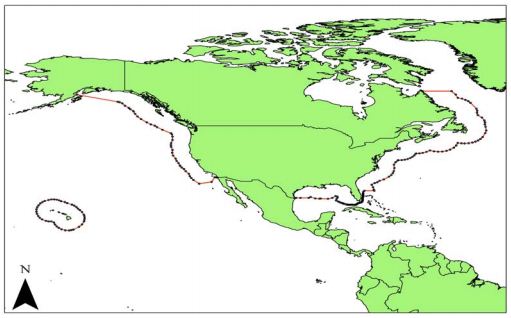







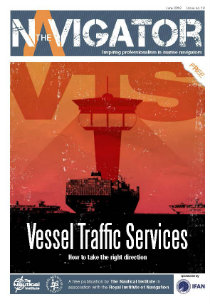

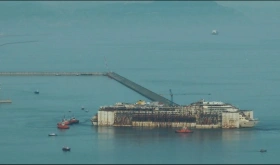

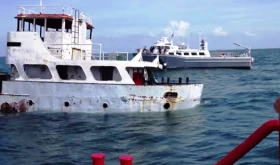
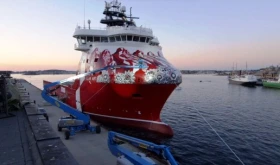
Leave a Comment